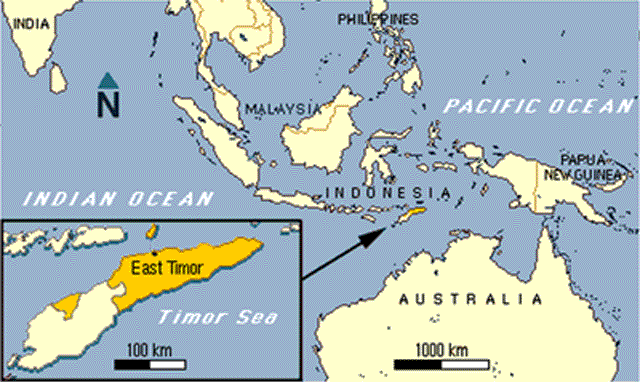This year, Portuguese-speaking Timor-Leste’s private spending is expected to grow by 4%, outpacing government spending at 2.9%.
This marks a shift from last year when private spending rose by just 1.8%, and government spending surged by 6.9%.
In 2022, the nation’s economy grew by 3.9%, mostly due to high public outlays. This led to a record non-oil deficit of 64% of the GDP.
The World Bank estimates an average growth rate of 3.4% for the future.
This prediction relies on stable politics and a boost in private investments with the new government.
However, this outlook comes with risks such as natural disasters and potential reform setbacks.
Despite recent economic gains, the nation has yet to recover from past declines. The 2023 per capita GDP stands at $1,275.2, still below the $1,322.3 recorded in 2015.
After two years of falling, private investment is finally rising. Conversely, net exports continue to slow economic gains.

Though the government has taken fiscal measures to boost the economy, private consumption sees only modest gains.
The labor market’s challenges contribute to this slow growth. Meanwhile, the inflation rate for this year is projected at 5.5%, less than the previous year’s 7%.
Food prices remain the main driver of this inflation, influenced by local costs and global rates.
Poverty levels are gradually decreasing, with the rate dropping from 27.8% in 2022 to 27.4% this year.
Yet, foreign investments continue on a negative trend, expected to be -4.1% of the GDP this year.
East Timor faces multiple challenges, including potential government program disruptions, natural calamities, and ongoing high inflation.
According to the World Bank, reaching a 5% economic growth hinges on enhancing private sector roles, focusing on human capital, and enacting structural reforms.
Background
In the local context, Timor-Leste has been focusing on diversifying its economy.
Previously reliant on oil and gas, the country is now exploring sectors like agriculture and tourism.
On the global stage, it still faces stiff competition from nations with more developed infrastructures.
Moreover, as a small economy, the nation is highly vulnerable to global market shifts.
Regionally, Timor-Leste lags behind countries like Indonesia and Singapore in economic performance.
These nations have diversified economies and robust investment climates. This reveals the urgency for Timor-Leste to enact key reforms.
For instance, Singapore’s high per capita GDP offers a model for small nations aspiring to economic prosperity.

